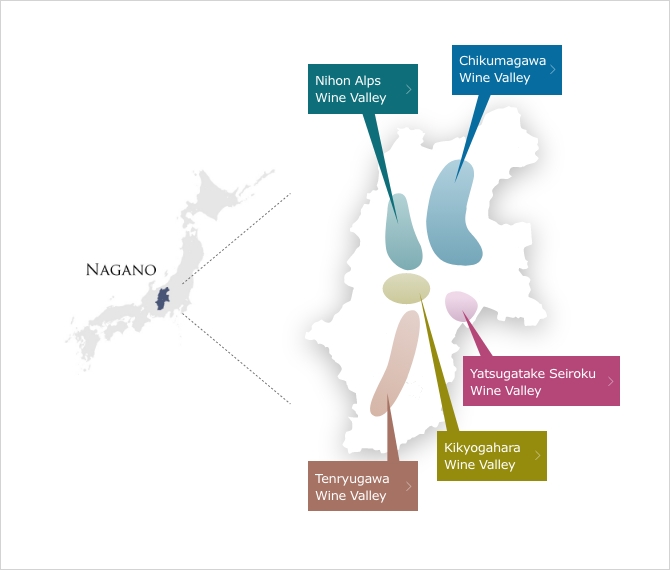About Nagano Wine
Nagano prefecture is located in the heart of Japanese main island of Japan. Surrounded by the high mountains which altitude is around 3000m, you must be fascinated by picturesque landscape and vineyards.
There were 4 regions in Nagano Prefecture, each located in major large basins and promoted by the local government. And we positioned new area in highlands as wine grape production in 2023. These 5 regions are called "Shinshu Wine Valley" as a whole. Shinshu is an old synonym that means Nagano.
Growing Wine Industry
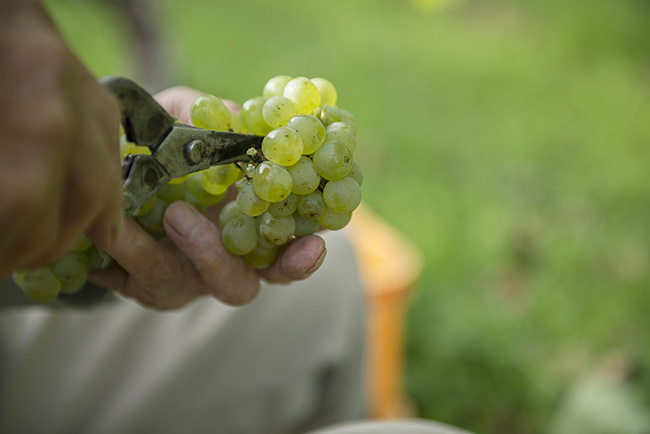
Nagano ranks second in Japan for its number of wineries, now with 33 across the prefecture. And recently the number of wineries continues to increase. Each winery aims to make wines of the best quality, which reflects the unique characteristics of each region. With strong regional support for new agricultural workers, dedicated winemakers come together to share their knowledge of vinification. Their combined efforts and experience produce exceptional wine throughout the prefecture.
History
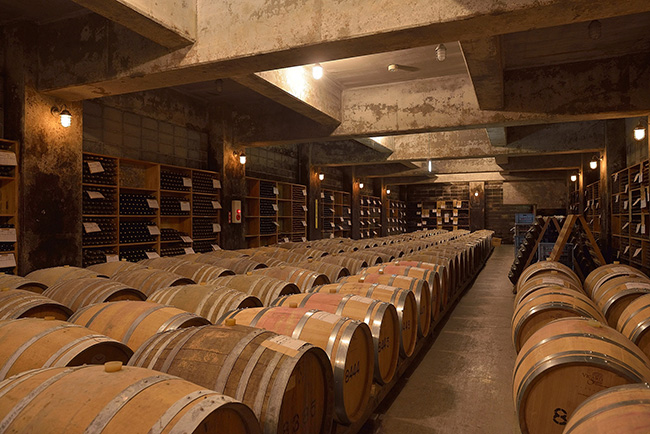
It is 1879 when the American grapes were planted in the village of Yamabe of Matsumoto. About 25 varieties of European and American grapes were planted in in 1890 in Kikyogahara Wine Valley, from then the vineyard of Kikyogahara Wine Valley,from has started to expand. It is 1902, the first winery was established in its region.
In 1950’s Merlot has become to be cultivated as a result of many efforts of farmers in Kikyogahara Wine Valley, and the vineyard of Merlot has expanded gradually.
Since 2000, the movement of establishment of Wineries have occurred, the number of wineries have been increasing drastically.
High Altitude and Soil
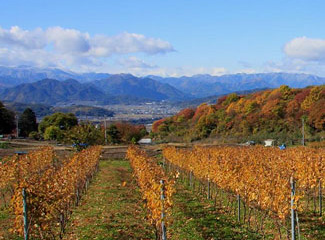
Nagano is one of those exciting places that have very high potential for quality wine. Nagano prefecture is located in the heart of Japan’s main island, Honshu, and is surrounded by the three mountain ranges of the Japanese Alps. Over 80% of its farmland is higher than 500m above sea level. The most ideal areas for wine grapes cultivation have free-draining soil, low precipitations.
Cool Climates
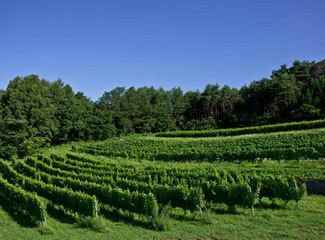
In general the climate of most of Japan is a monsoon style with excess of rain and humidity, however Nagano is regarded as a region with less rain fall and plenty of sunshine compared to other prefectures in Japan. Nagano is one of the best places for growing grapes in Japan. The long sunshine hours and difference of temperature of night and day increased sugar level.
Varieties
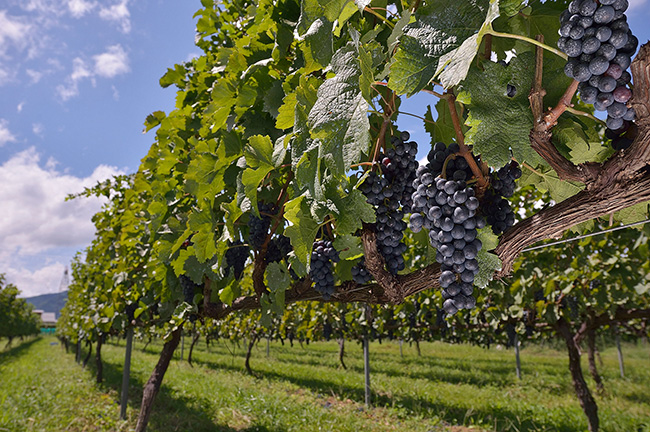
There are diversity of grape varieties in Nagano which are planted various type of soil and climate caused by the geological differences such as the altitude, aspect and so on. Recently the surface of European varieties has been increasing in addition to those of Naiagara and Concord. Chardonnay and Merlot and Cabernet Sauvignon are most widely planted in Nagano.
Reliability
GI; Geographical Indication
GI is a system which promotes the appropriate using of the name of the geographical origin, which is the common property of the area.
When the liquor products have specific characteristics of the area, based on the application from a producers’ association of the area, the Commissioner of the National Tax Agency grants it as the GIs. After that, only the producers of the area can use the GIs for their products.
When the WTO (World Trade Organization) started, protection of the GIs of wines and spirits became the duty of the member nations. Therefore, the NTA established the system in 1994. And the system was revised in 2015, and all liquor products became targets of the system.
(Source: National Tax Agency)
GI NAGANO
GI NAGANO is a system certificating the quality of wine and sake produced in Nagano.
In 2002, the Nagano Prefectural Government established the Nagano Appellation Control (NAC). This system aims to differentiate agricultural products based on raw materials, growing methods, breeding methods, and sense of taste and promote the sale thereof to consumers with confidence and responsibilities, and also to promote the motivation for production for the purpose of branding agricultural products produced in Nagano Prefecture. Since the time of establishment of the system, it has given certification to wines, contributing to clarifying the quality of wines unique to Nagano that leads to “Nagano Wine Premium.”
(Source: National Tax Agency)
Requirements for Certification in GI NAGANO (Wine)
a) Ingredients
・Grape variety; Allow to use specified varieties
・Grapes quality; Meets standard in juice sugar content.
・Chemical factors; Meets standards in Alcoholic content, Total sulfur acid level, Volatile acid level, and Total acid level.
b) Production method
・All production process; grape growing and harvesting, brewing, aging, and bottling are need to be in Nagano.
c) Sensory evaluation
・Sommeliers, Wine journalists, Winemakers and Experts check the quality of the wines, and only permitted wines can use the name of “NAGANO.”
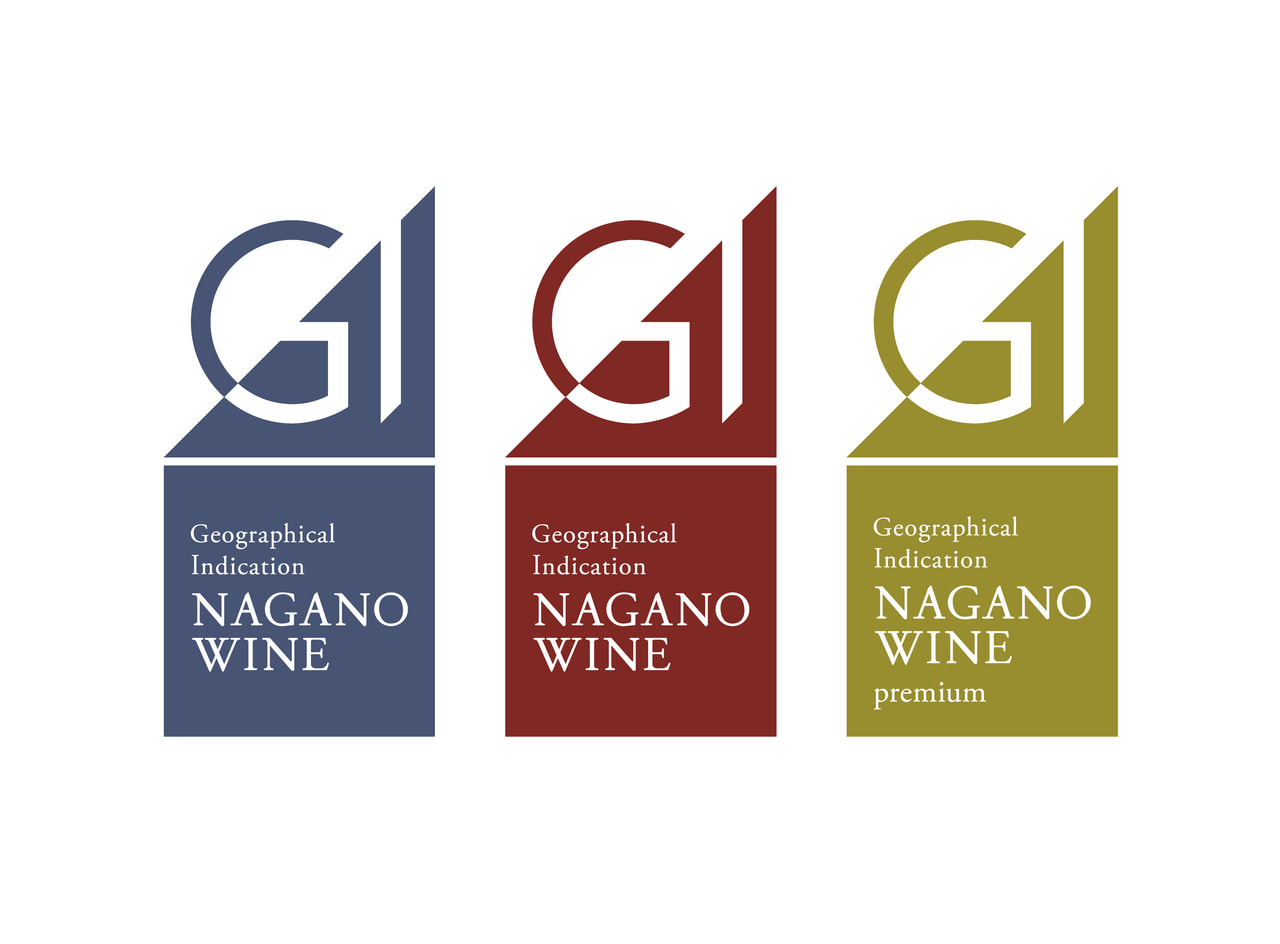
Varieties
MERLOT
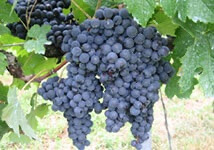
Nagano is the largest producer of Merlot in Japan. Wines may be light, medium or full-bodied, with attractive fruit character and less aggressive tannins.
CABERNET SAUVIGNON
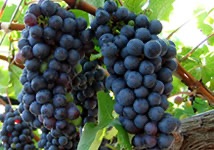
Cabernet Sauvignon is one of the most planted varieties in the world. It is primary increasingly planted in Nagano, especially in the Chikumagawa Valley. Wines are medium to full bodied.
PINOT NOIR
Pinot Noir is primary grape planted in Burgundy as well as in in Champagne. It produces some of the most great wines of in the world, in General as its berry and its cluster are small, suitable soil and temperature are very limited. However, there are some winegrowers who had succeeded to grow this variety
CABERNET FRANC
Cabernet Franc is the one of the genetic parents of Cabernet Sauvignon. It can grow in cooler climate and early ripening. Wines may be light,medium to full-bodied, and elegant and have soft tannin.
CONCORD
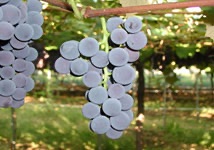
American variety most widely planted in the Kikyogahara Valley. It is used for wine and juice. Wines are light to mediumbodied and usually made in sweet to semi-sweet styles. Very powerful aroma.
CHARDONNAY

Nagano is the largest producer of Chardonnay grapes in Japan. Wines are usually dry with a wide spectrum of flavors and have garnered a reputation for their high quality.
SAUVIGNON BLANC
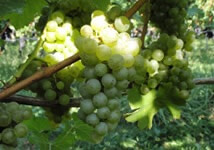
Sauvignon Blanc is becoming increasingly popular, planted especially at high altitudes. Wines are usually dry, zesty, crispy and unoaked.
PINOT GRIS
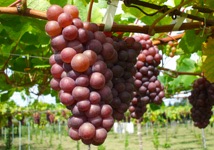
Pinot Gris is a mutation of Pinot Noir. The name Pinot Gris derives from its color of berry, which is greyish-pink. Gris means grey in French. Wines are usually dry with a bit of bitterness, and both unoaked and oaked. Pinot Gris is called Pinot Grigio in Italy.
NIAGARA
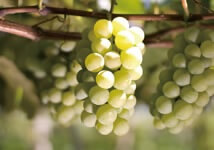
American variety planted extensively in the Kikyogahara Valley. Niagara is used for juice and table grapes as well as wine.Wines are usually made in sweet or semi-sweet styles. Very powerful and unique aroma.
RYUGAN
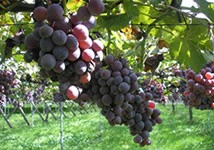
Also known as Vitis Vinifera it is said to originate in Central Asia. Wines are made in various styles from dry to semi-sweet with a flavor reminiscent of green apples.

